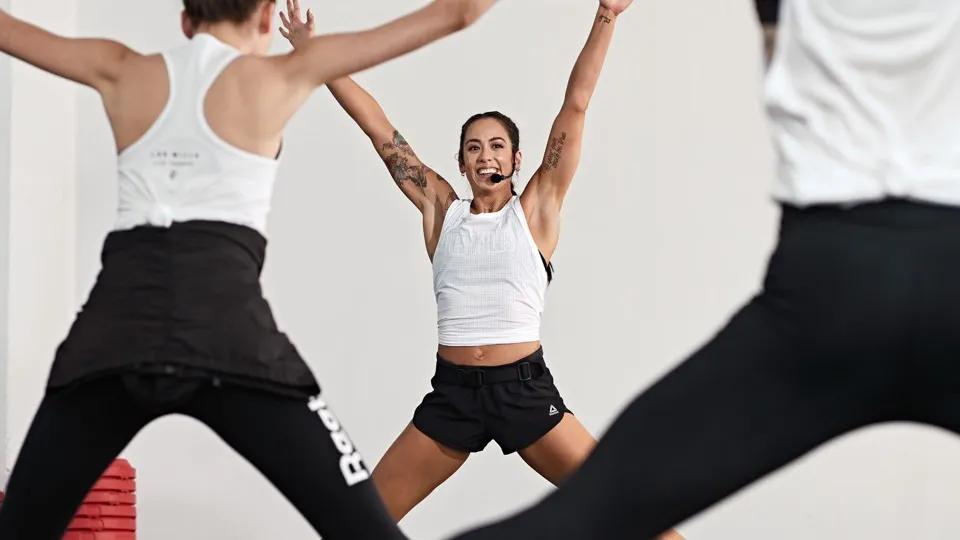
Ever turned up to teach a class and experienced that sinking feeling when you see three lone members waiting for you?! Yes, smaller classes can be harder to teach, but there’s lots of positives to be found as well! We reached out to our global Instructor tribe to share their tips for rocking the stage when it’s a little quieter than you’d like…
1. KEEP IT POSITIVE
Gemma Keatch: “I keep it super positive and say in my intro something like 'It’s great that you’ve come today because we’re going to be able to really focus on your individual technique and I’m going to give you more personalized attention to make your BODYPUMP™ moves even better'. Most people love feeling like they’re getting special treatment.”
Rosallyn Celle: “I remind myself that those who showed up are following through with their commitment to be healthier and deserve a good class regardless of class size. When I have a small group I tell them it’s ‘Small Group’ training day!”
Niklas Göransson: “Always stay positive. ‘Wow we have so much space to move, that means we can do really big moves and get a fantastic...’”
Marty Friedel: “The most important thing is to acknowledge the members who ARE there, not bring attention to the fact that members are NOT there - keeping it positive, and making those in attendance feel that their effort to attend is appreciated.”
Jade Massoutier: “I start the class by actually acknowledging it and saying how lucky they are because they can use ALL the space in the room for themselves so I want to see them dance big!”
2. CELEBRATE THE MEMBERS THAT DID SHOW UP
Julie Corbett: “The only people that matter are the ones in front of you. It’s their workout and they showed up for it. They don’t care how many people are beside them. So 2 or 32... you always bring your best.”
Tara Taylor: “I never say, ‘Where is everyone?’ I feel like that demeans the folks that DID show up. I usually will say after class how proud I am of them for coming during such a busy time of year.
Liz Collins: “Best advice I was ever given... celebrate the participants who did show up! Changed my mindset (and my numbers went up).”
Ning Yu: “Be present, be present for the ones showed up, don’t worry about the ones that didn’t come. Once you teach an engaging class, people will show up all of a sudden from nowhere.”
Ryan McLaughlin: “Focus on those who are in front of you. Sometimes it's going to happen, especially during the summer when it's nice out, closer to holidays when people are traveling and schedules are hectic... connect to those took time out of their day to be in your class.”
Hillevi Se: “I would like to recommend one thing NOT to do, and that is focusing on the participants that are not there. When I started to attend group fitness classes it was April 2010 and there were a lot of participants at the classes, like 20-50. During summer, the numbers dropped and a few of the Instructors started out the class by saying things like "I wonder where the rest are?" and "Don't they want to be here with us?" Since the Instructors clearly showed that he/she focused more on the participants who were not there instead of us who actually were there, it really killed my mood before class. I didn't know where the others were or why they did not attend, and I didn't care either. All I knew was that I was there but that the Instructor did not seem happy about this. This really stuck on my mind so I have been very careful when teaching that even if I am disappointed by dropping numbers, I will not show it nor comment it to the participants that are there.”
BEN MAIN: “It’s only you facing out towards the floor and can see how many are in your class. Everyone else is facing you.”
3. TAILOR THE CLASS TO YOUR PARTICIPANTS’ NEEDS
KYLIE GATES: “I recently covered a BODYBALANCE™ class at 3:10pm on Saturday. It was super, super quiet and the members asked me to turn the music down a little, so I took the opportunity to help give them a more 'quiet yoga feel class' – coaching more to breath, giving more technique correction and alignment focus and teaching from a more ‘inclusive’ place – less of a big stage focus and more personal.”
Rachael Newsham: “As a novice Instructor your level of confidence increases in correlation to the rise in class attendance, and can decrease in the same way. When this happens – remember what it’s like to be a participant and what they actually come to your class for. Each person will have different needs and come for different reasons. I have the pleasure these days of teaching to all types of classes, and let it be known, that bigger isn’t always better! Although it’s always mega energy, and a real show to watch, sometimes en masse you lack the individuality that smaller classes can cater to. When you are faced with smaller classes… try and spend time steering your attention on individual focus, and see what each person needs from you in that class, whilst you have the mental space to do so. You can use these classes to really plug into a stronger space of learning for the class. It’s going to be a heap of technique stuff if I am teaching something like BODYCOMBAT™, or if it’s SH’BAM™ what I tend to do is choose dialogue/ jokes/songs that will appeal to the crowd in front of me, like a hybrid DJ/Party Host.”
Hayley Gaspar: “I feel like smaller classes really allow us to personalize our teaching to the people in front of us. We truly get to see everyone that’s shown up to be a part of the class, which creates a really powerful opportunity for genuine moments of connection.”
Angela Levins: “One or 20. They need this moment. They made it a point in their day to make class. It’s about their success. Teach to who’s in front of you. Adjust a track if you need to. Maybe offer a challenge in a track. Just make it fun.”
Steve Tansey: “Allow more ownership and autonomy to those in the class e.g. tell them when you want them to give the energy back to you and reciprocate. Or simply ask them what type of tracks they would like to experience today at the beginning so you can make the experience a little more bespoke.
Always make sure you teach to what’s in the room. This may mean not using your normal script. Energies are different with lower numbers so individual connection becomes much more important than performance or level 3 energy from the Instructor.”
4. FOCUS ON CONNECTION
Lunar Lu: “I actually love to teach small number classes, as I can make more individual connections with them. I have more specific focuses for small group classes.”
Marc Downey: “When you have a smaller class it’s the perfect opportunity to get to know your members even better! Ensure you connect with everyone before the class starts as this helps you to have stronger connections during the workout. Being present and showing you really care for the people in the class will make sure they have a great time and come back for more!”
Rebekah Nutter: “I recently covered a class with 3 participants. I ABSOLUTELY LOVED it and so did they. It gave me the opportunity to REALLY connect with them... some of the class worked like a personal training session where I could focus solely on them and their technique. Some of the class I trained beside them, physically challenging them in workout. It was great to work so closely with them!”
Clinton Fitzgerald: “I taught small classes for a number of years. Off-peak times, small towns... the key to delivering an amazing class is really authentic connection. What makes them feel 'seen'? What kind of coaching do they respond to, what types of music do they like?”
Erika Jeanne Foster: “I go back to what my Trainer said, “It’s not about what you say, it’s about how you make them feel.” When you have a smaller class it gives you the opportunity to do some focused coaching and connecting to the people in the room. As Instructors we often feel like a packed, high energy class is the ultimate measure of success. And while that is definitely great and fun and motivating, it’s not the only thing. When a member can get more specific coaching and really feel like you were helping and connecting to them directly, they walk out of that room more excited and motivated than if they were just one of many in a crowd. They feel seen.”
Sarah Louise Norman: “Make it feel personal and connect more with who is there.”
Holly Amber Rio Gardiner: “I’ve taught a few LES MILLS GRIT™ classes before to between 1-3 people. I’ve also taught to both 2 new people and 2 very fit GRIT regulars and from the outside looking in the 2 classes couldn’t have looked more different, but it worked and both sets of people said they’d got a lot out of it afterwards. For the super fit regulars they said they’d worked a lot harder than normal and it was nice to be pushed and challenged competitively, the newbies said it helped them to break down and understand the moves better as they’d actually been apprehensive about being in a full class and getting a bit ‘lost’.
I think we always have a little bit of dread when we walk in and see a tiny amount of people, and yet these classes are those which have stuck in my head most fondly.”
RACHAEL NEWSHAM:“I have the pleasure these days of teaching to all types of classes, and let it be known, that bigger isn't always better!”
5. TEACH WITH THE SAME ENERGY AS IF THE CLASS WAS PACKED
Ben Main: “A couple of things!
- If the class is really small, get off the stage and teach it on the floor with them.
- Throw the script out the door and coach to who is in front of you.
- Make extra effort to connect.
- Probably the most important one: teach with the same energy you normally would. The members still want an epic class. It’s only you facing out towards the floor and can see how many are in your class. Everyone else is facing you.”
Scott Nguyen: “It doesn't matter on the class size, 1 or 100. Teach as if it is a full class with the same amount of energy and coaching.”
Leigh Garner: “Firstly I imagine I’m about to present to an audience the size of Wembley stadium to amp me up for the performance factor, then when I start teaching I imagine the room is full to the brim to keep the energy high, then finally I embrace the small numbers and engage with them to give them a more boutique one on one experience.”
Steve Barter: “I always aim to teach with passion. Feel it even more in smaller classes as even though if you may only get 1 or 2 members, they still made the effort to come work out with you. It is only fair that you give them the same effort you would give to a bigger group.”
Michelle Lynn: “Whether there is 3 or 30, I teach with the energy of having 100 people in the room. BODYJAM is the most magical program where you get to experience the euphoria of dance, and I try to deliver that sense of euphoria every single class.
If I’m having a hard time with energy levels... weird day etc. I imagine that Gandalf could walk into my studio at any given time! Also when all else fails, I remember how blessed we are, and how much I love BODYJAM™ and what would I do if I couldn’t teach it anymore. So I teach as if it were the last time I ever get to teach BODYJAM™.”
6. LEAVE YOUR EGO AT THE DOOR
Marlon Woods: “My top three are:
- Remember why YOU do what YOU do. If numbers are low just remind yourself why you decided to teach in the first place. Some people’s why has to do with being on stage, or big numbers, or getting attention. That won’t keep you going. Dig deeper. If your why isn’t clear, use those smaller classes to connect with the people in front of you. Really try and figure out why you do what you do.
- Remember why WE do what WE do. When people get upset about low numbers it’s because they have forgotten why we instruct. It’s not about us or our egos, it’s about the people in front of us. Remember why we do what we do. It’s for a fitter planet, not so we can brag about our class numbers.
- You never know who’s in your class. You never know what people are going through. Whether it’s one person or 100, they showed up because they wanted to be there with you. Respect their time. Show them how much you appreciate them taking the time to make themselves better.”
Cat Guerra: “You have to put your ego in check and remember why those members took the time out their day and made the effort to come to class. So if there’s a stage, I’ll teach off the stage and encourage everyone to come near me, or in cycle class, I’ll go down to the front row and ride with them. Anything to create less space and more connection.”
Jace Ago: “Teach to your class... be interested in them and ensure that you are giving the a really good experience... check back on your 'WHY'... at the end of the day, it’s about them - not about the Instructors.”
Kim-Saskia Risser-Eade: “I found it helped me immensely to remember that the class number does not reflect the quality of my teaching or my value as an Instructor. Life happens, people get busy/dealing with their own things, difficult time slots… there are so many unknown factors. When people ask: ‘Where is everybody?’ I usually say: ‘The important people are here’. Make it a class to remember. It's not about you on stage, it's about the people who are there, making an effort and making a difference. They deserve the best fitness experience possible.
7. THE PREPARATION IS THE SAME REGARDLESS OF THE NUMBER
Sara Snoek Postalwait: “I love my small classes! I often teach to 2 or 3. I’ve even taught one-on-one! We have so much fun! If they’re newer to class, they get more attention on things like form and technique. If they’re regulars and have the technique down, we get to really explore the higher options. And I have time to be a little more chatty and playful during class. Sure the energy is different than when the room is full, but they put in the effort to be there, I put in the effort to prep for class, and we’re going to give it our all, together!”
Dave Kyle: “Preparation is always the same regardless… you should always prepare to show up as your best self, be present and ready to create an inspirational experience!
If numbers are low this is not a reflection on you. Remember why you are there… with an opportunity to make a difference to those that do show up… the people in front of you, even if only a few, have given up their time to be with you to be inspired.
This is an opportunity to create a more personal environment. Remember that from a participant's point of view, when they are in the workout they might as well be on their own, the room could be empty as far as they are concerned. So long as you show the care, support and deliver a meaningful workout experience… that is why they are there. Remember that people very rarely remember what you said but they will never forget how you made them feel.
Bring the energy! You need to create the energy that you want to see… pull them into your world and make their day! And be assured if you do, then word of mouth about their experience will soon have the class rocking in the future!”
8. SEE IT AS AN OPPORTUNITY
Eva M. Geier: “The best advice I got was got teach your smallest classes the best you ever possibly could. You want those few people leaving there and talking about how great it was, which in turn can only grow it!”
Anna Harris: “Turn that small group into a mini tribe. As the bond grows, your tribe will bring their friends, family, their own tribe. Perhaps the time-slot is an obstacle to some and that class size will never be large, but it’ll be a steady group. See it as a chance to unlock the potential in your participants.”
Monica Van Fleet: “See it as an opportunity. You get to teach the exact class that these people want and need, matching the level of impact, intensity and complexity to the people in front of you. (Yes, we always try to do this, but in a smaller group it’s easier to personalize the workout). Embrace the small group training/personal training feel of it.”
Ali Cramer: “Make a strong connection with those members and build your team! If you build it, they will come. Started my LES MILLS GRIT class 2 months ago with 3. It’s 5:30am, and there’s bootcamp and spin at that time. GRIT is new to my club, so it has been an uphill journey. I have taught/worked out with only one other. Now we there’s 5 dedicated each week, and last week two new women showed up. They told me how special they think it is that the five of us regulars are so close. They came back again this week.”
Ben Te Maro: “Coach to who is in the room, understand the point of difference of your class and sell the uniqueness to engage participants, be inviting, engaging and fun to attract and maintain new participants, build a community by acknowledging your regulars and connecting with new participants.”
Rene Vogel: “Be a fitness leader, be a teacher, be a friend! In off-peak classes you have different types of people: A: They don’t like full classes at rush hour times. B: They don’t have the time to attend other classes. C: They don’t care about the time, they want you. Give them whatever they are searching for. Don’t forget to be yourself. Mostly it’s reason C. Do your best to be present for your participants. Be grateful and show them some personality.
Don’t compare yourself to others. Often clubs have an internal statistics about numbers in classes. GFM and Club manager always think in numbers but they forget the relation between the participants and you. 'Relationship beyond memberships'. Believe in yourself and don’t have self-doubts. To get a off-peak class running is always more difficult to fill than classes at rush hour times. View it as a challenge.
Last but not least: Sell your class like a product! For example they have more space to move, they can choose their workout/music, they get a feel of ‘personal training’ (depends from the size) caused by a deep connection. Never forget: Don’t cover anyone else. Be kind, be humble, be you!”


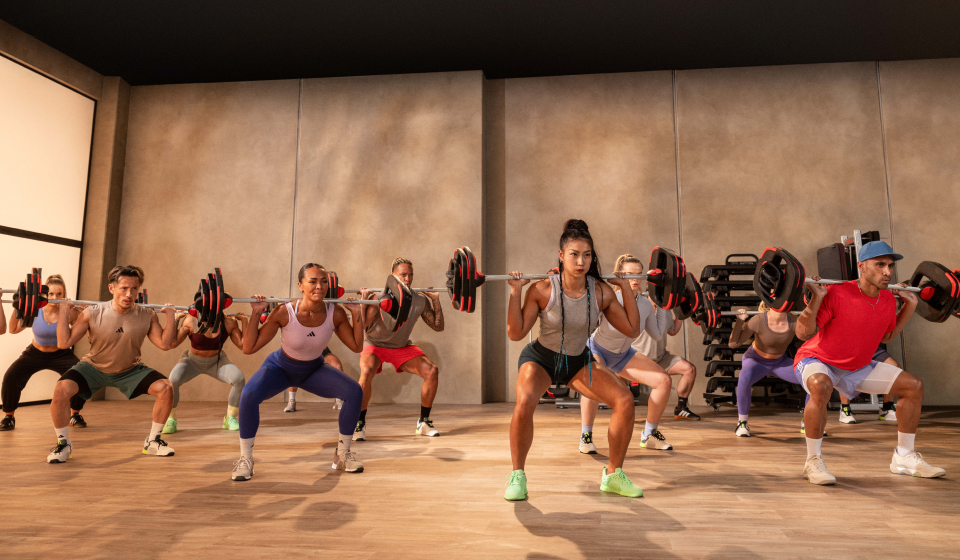

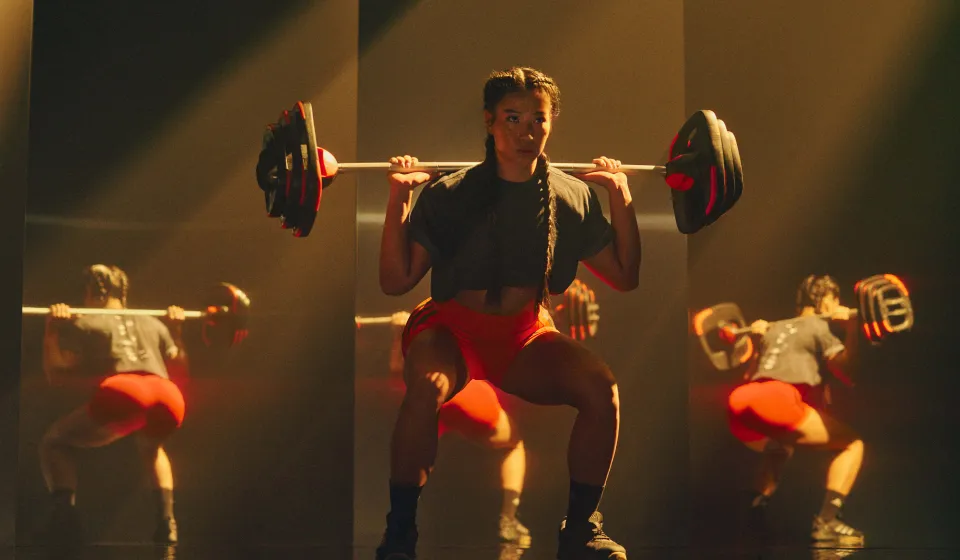



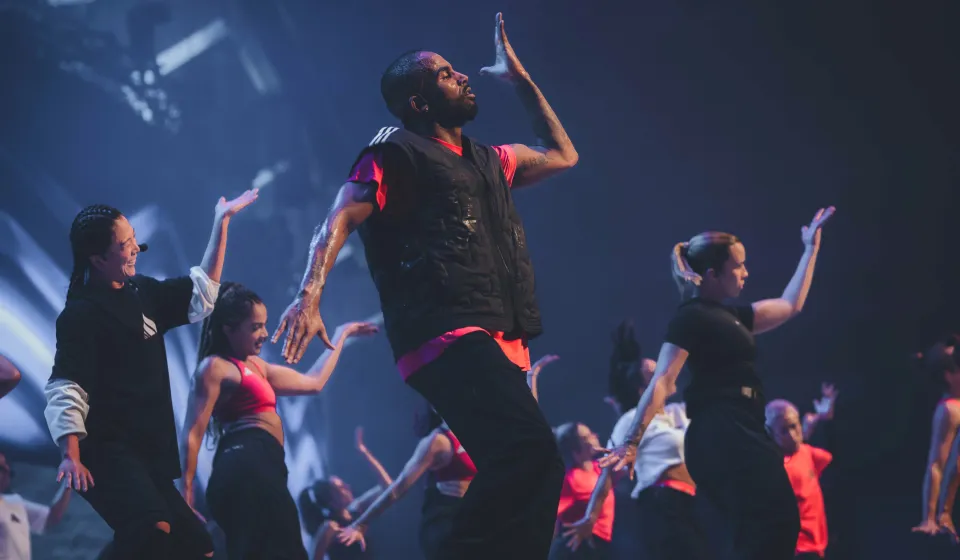
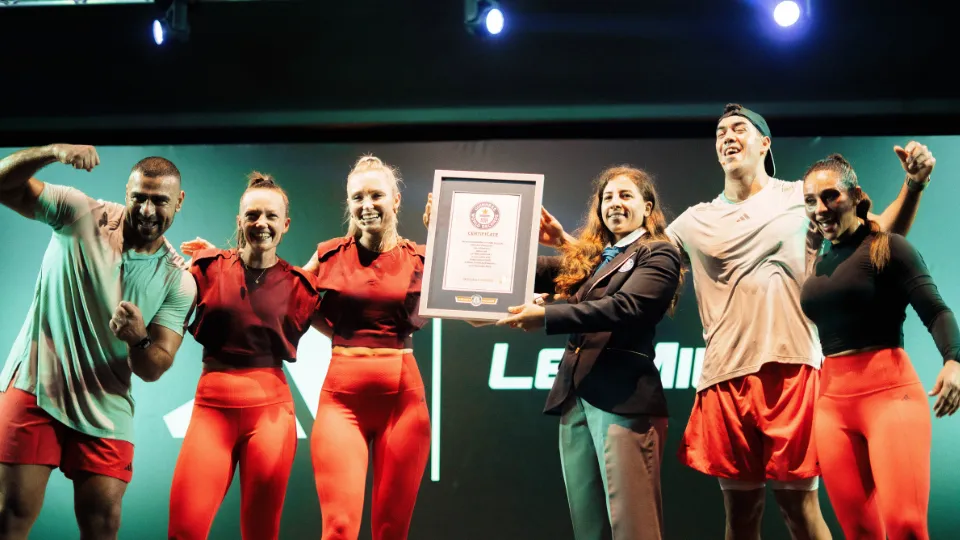
.webp)
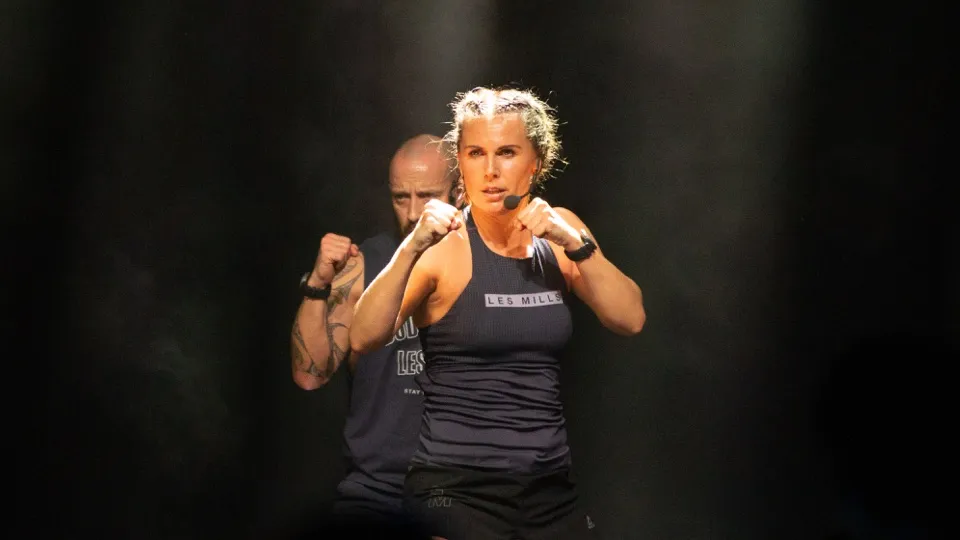
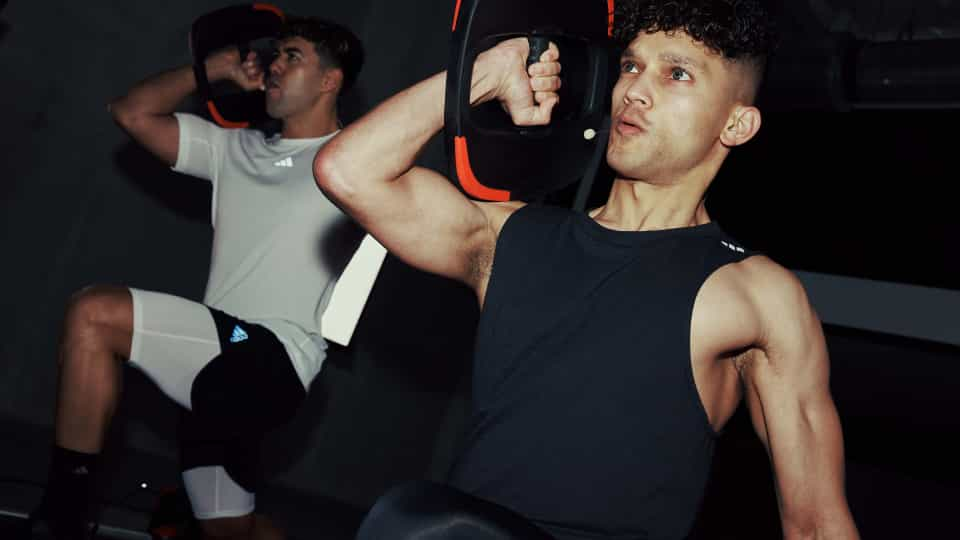
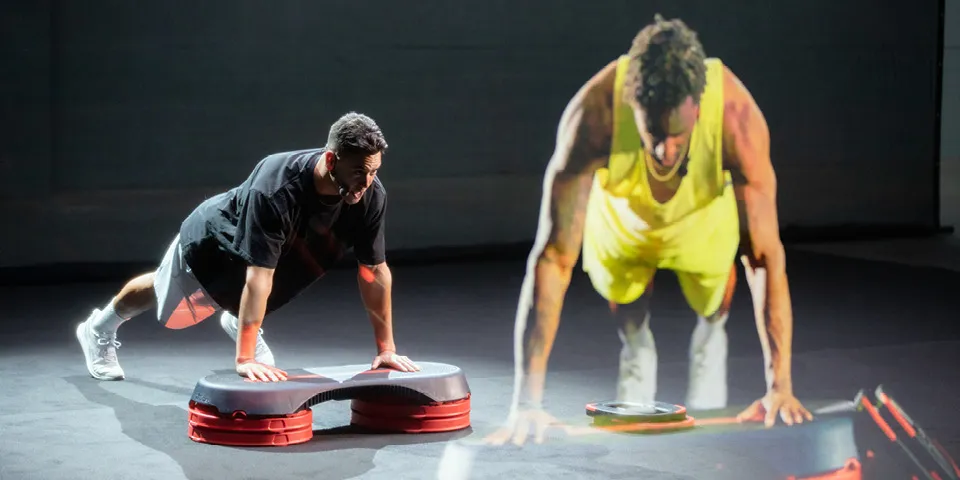






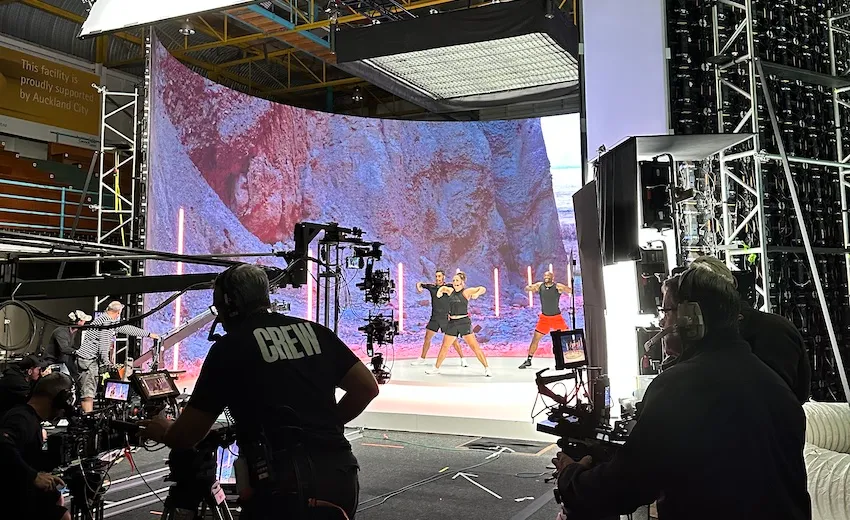
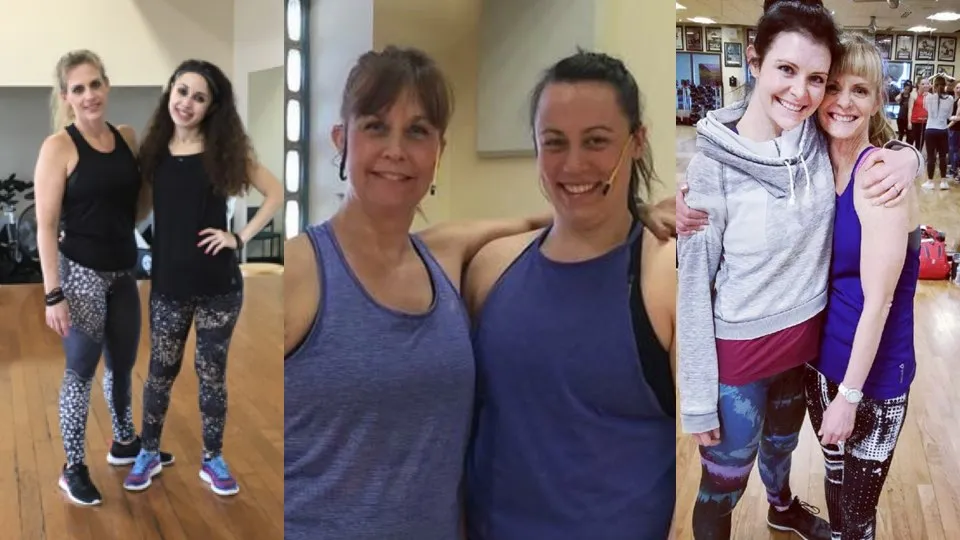





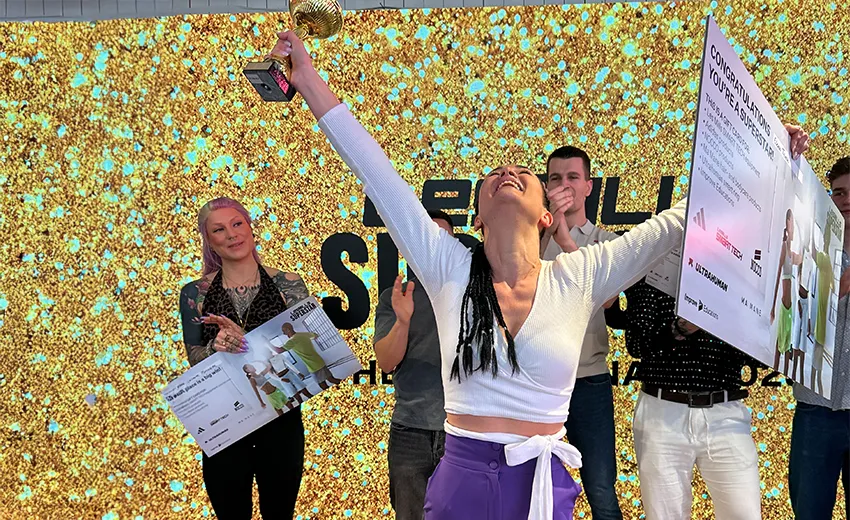








.webp)
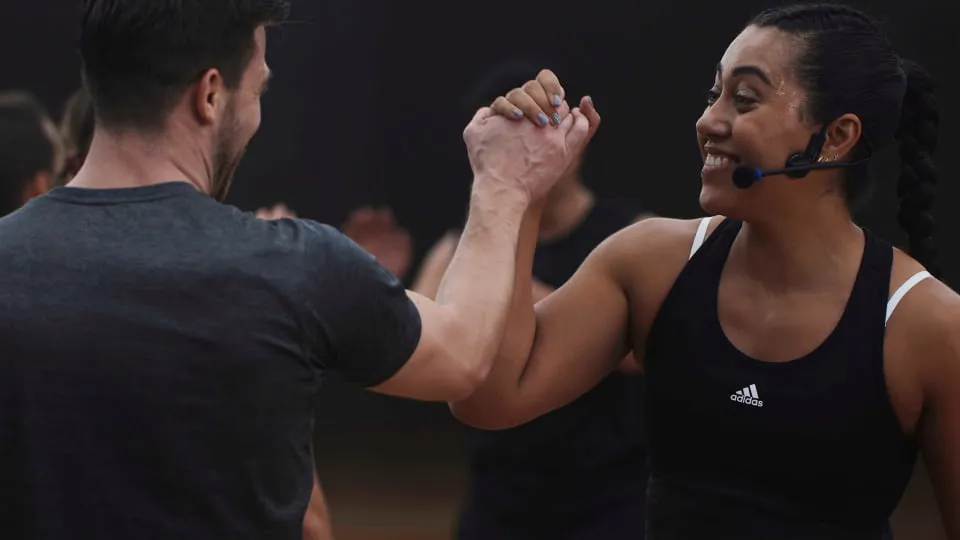

.webp)
.webp)
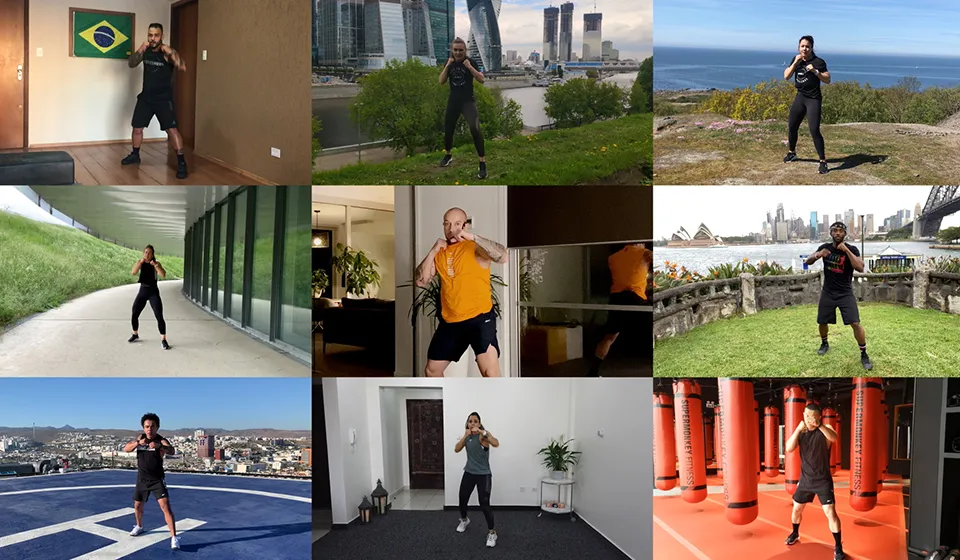
.webp)
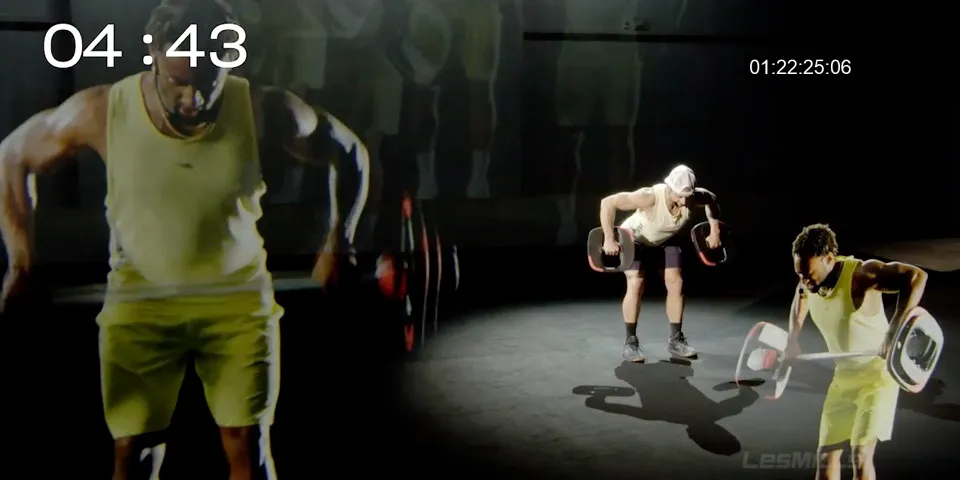
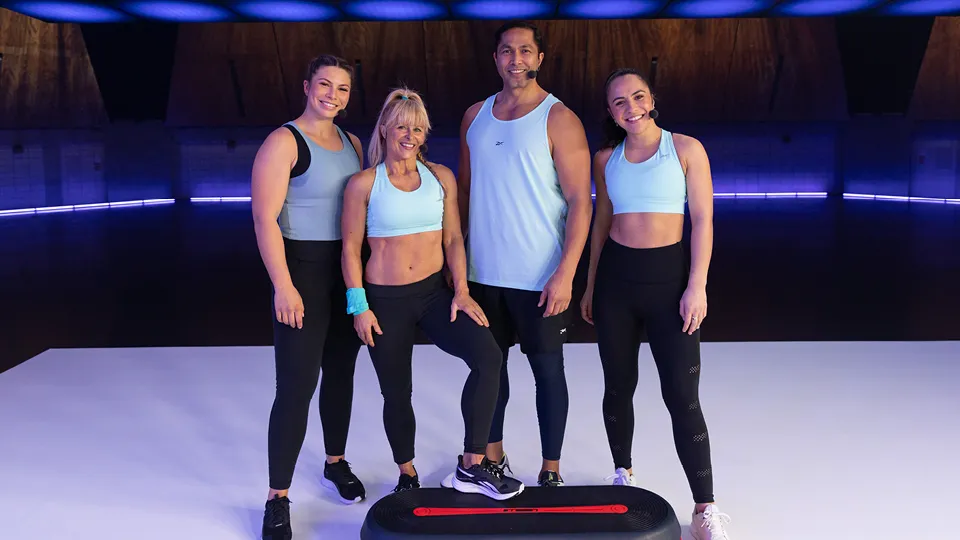


.webp)

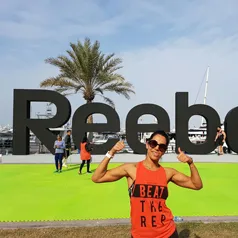
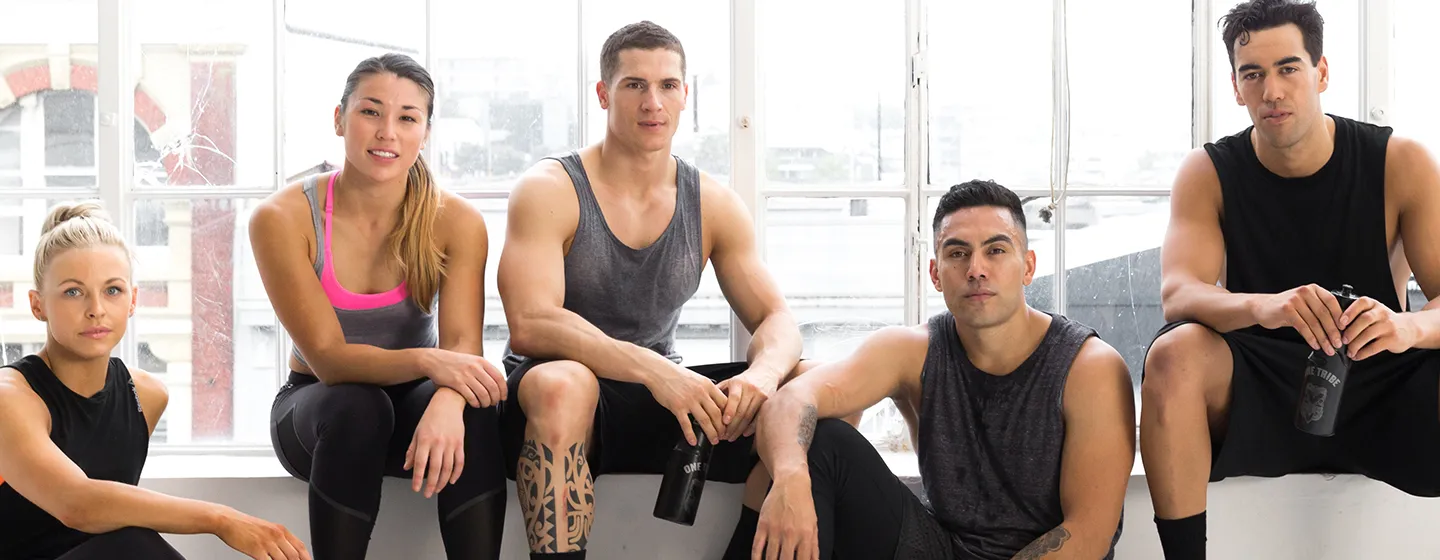


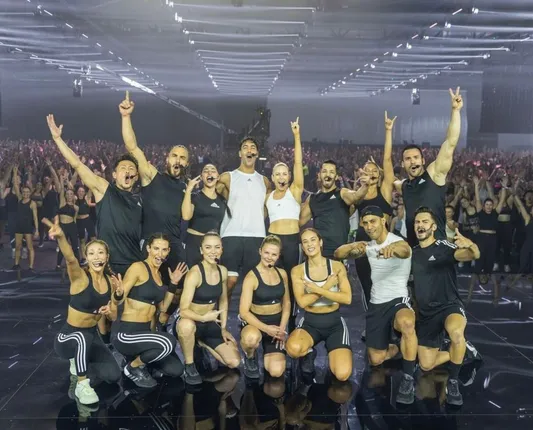


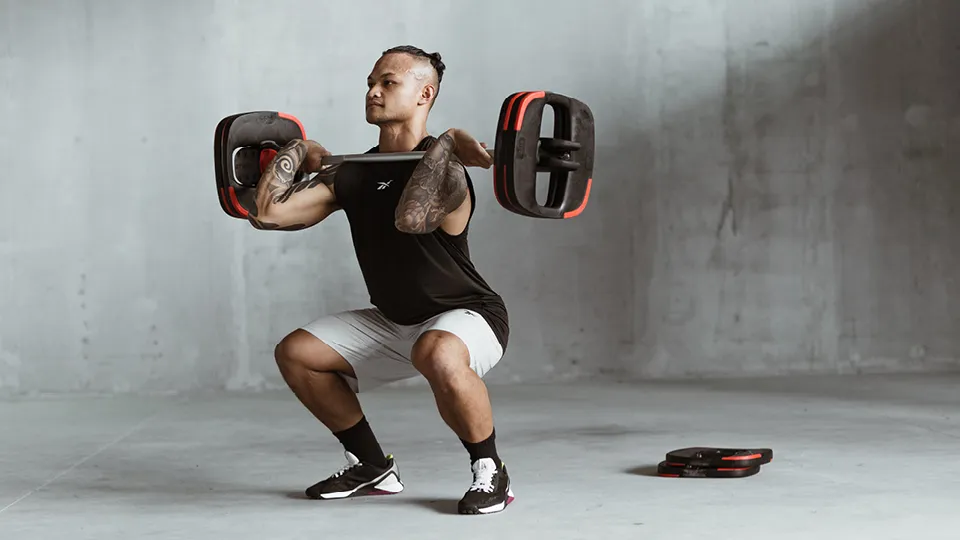


.webp)

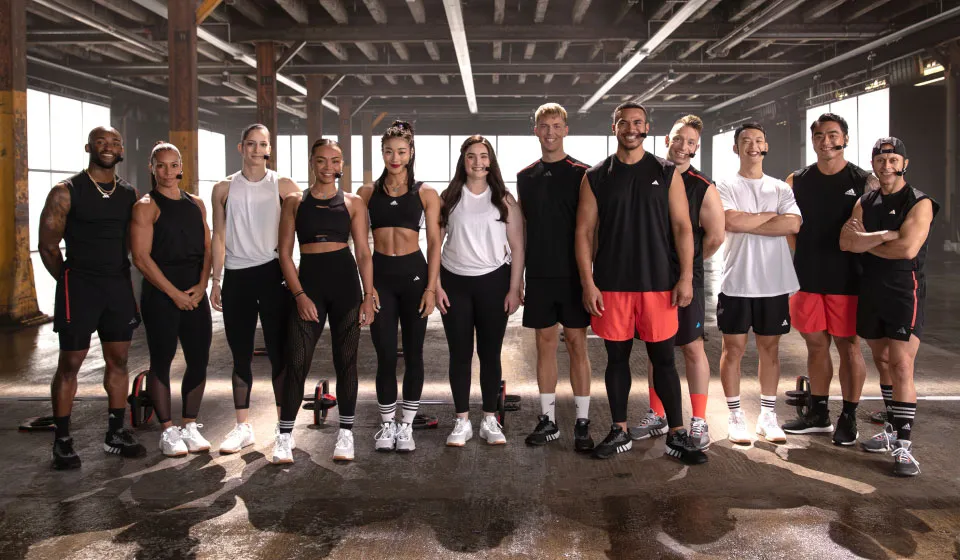
.webp)
.webp)

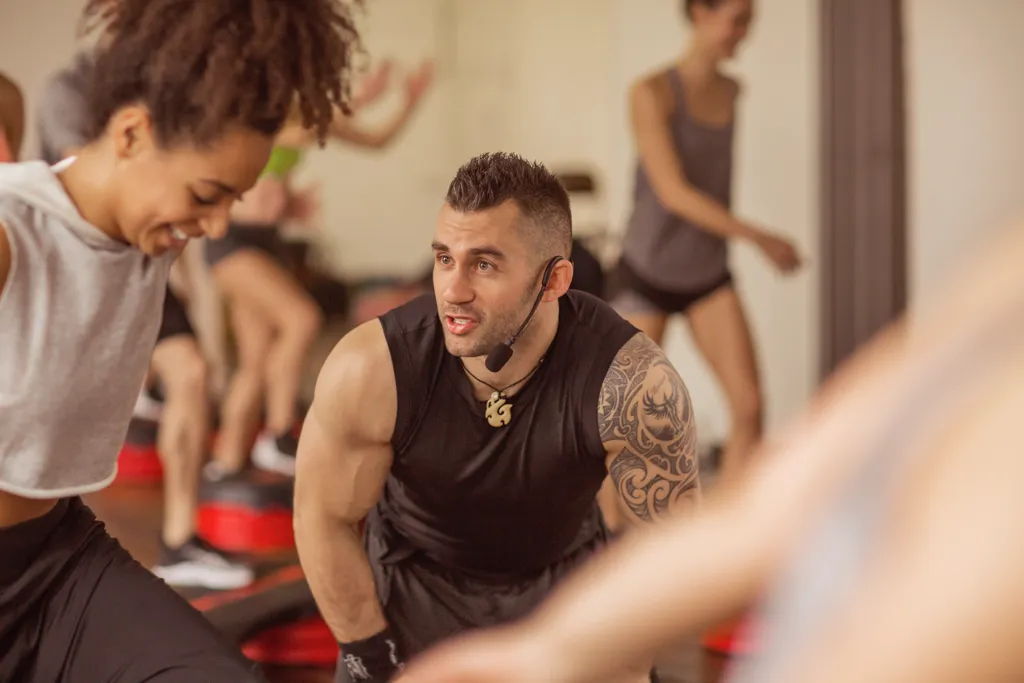


.webp)
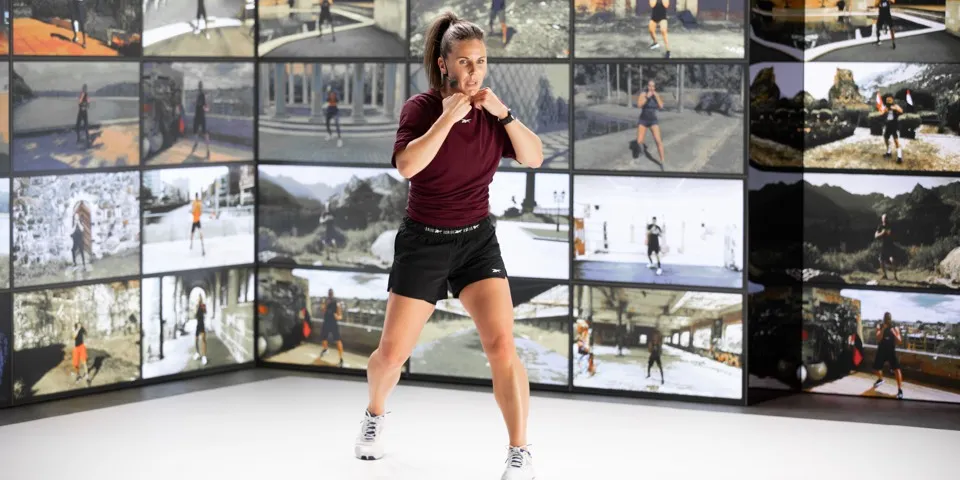
.webp)
.webp)
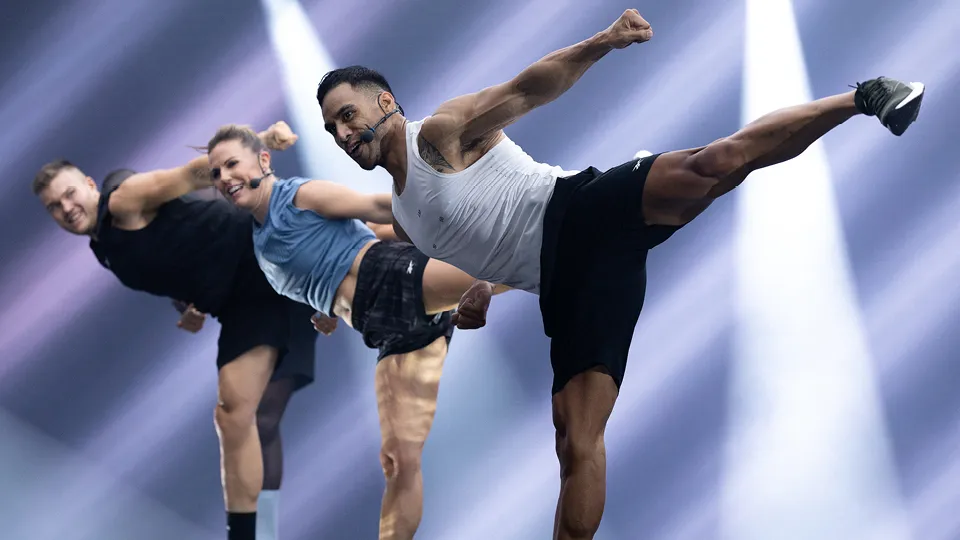





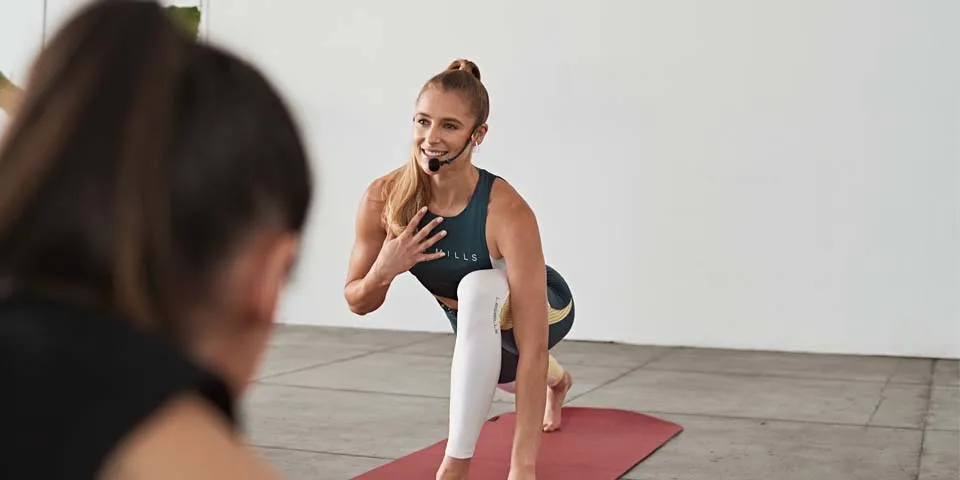


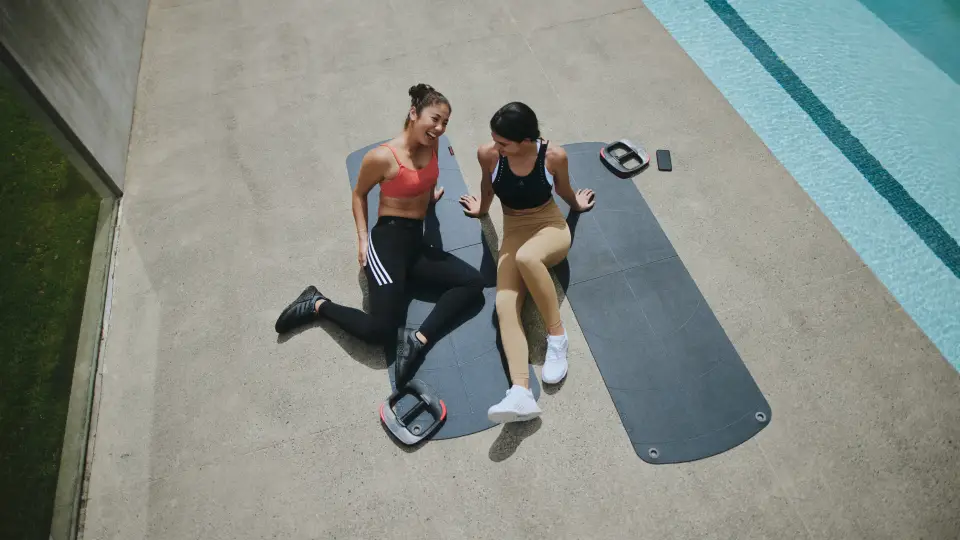



.webp)

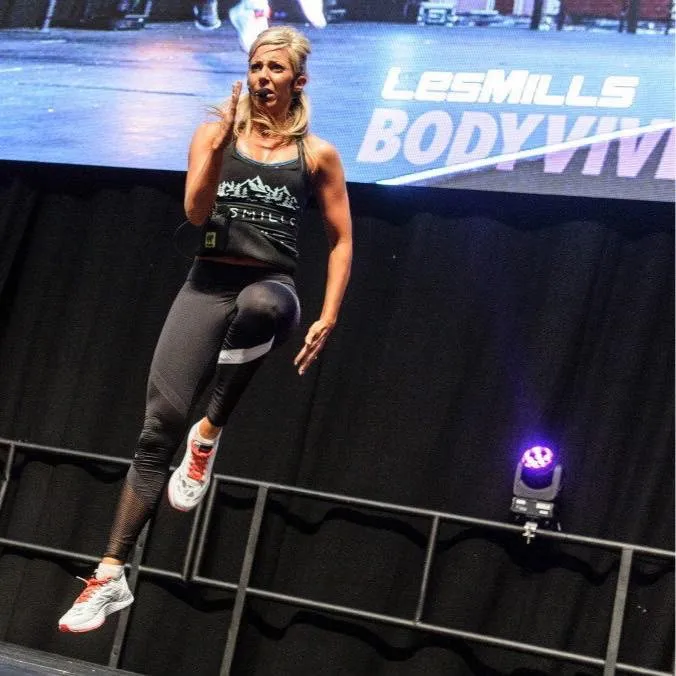





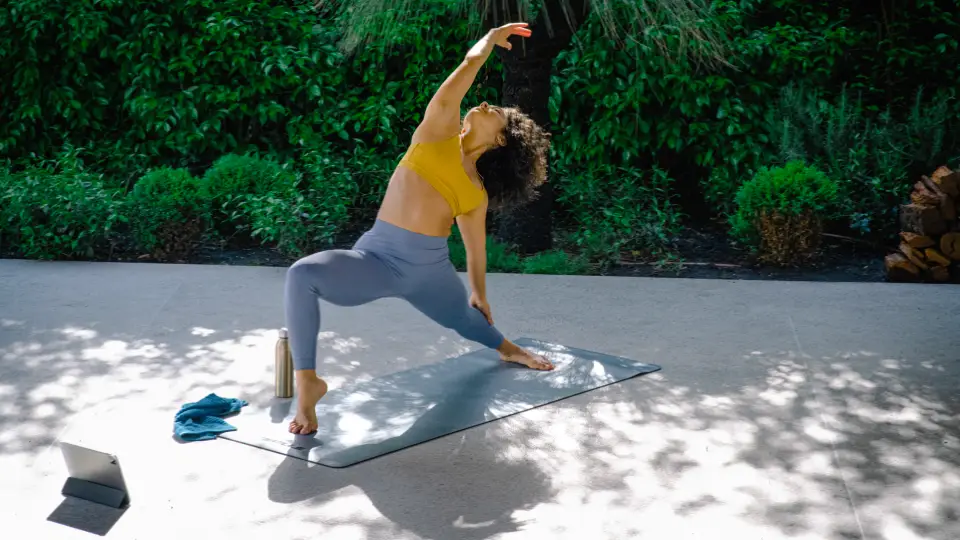
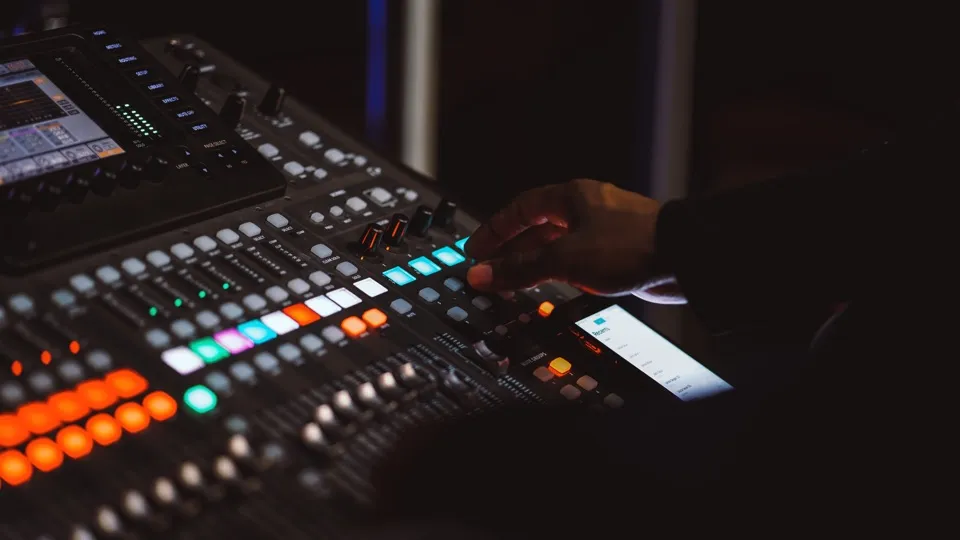
.webp)
